The world came very close to an escalating war in the Middle East. BBC asked:
Iran missile attack: Did Tehran intentionally avoid US casualties?
8/1/2020
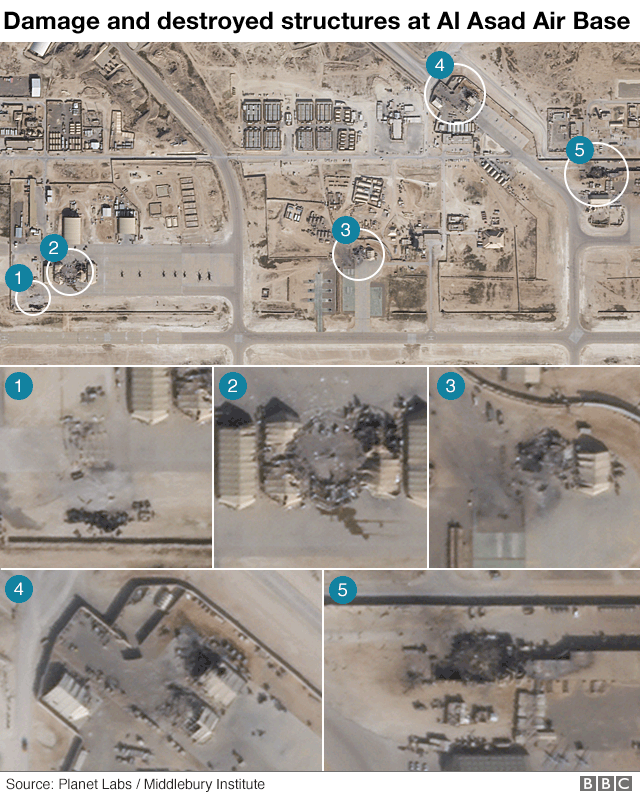
Fig 1: Damage to the US air base Al Asad
“Looking at the initial civilian satellite pictures of the impacts of the Iranian missiles at Al Asad air base, they appear to have destroyed several structures, so the lack of casualties could be as much by luck rather than design.”https://www.bbc.com/news/world-middle-east-51042156
How did the Australian government respond in relation to the threat to oil supplies?
9/1/2020 Energy Minister Angus Taylor commented that there are “no concerns to Australia’s immediate fuel supply despite the Iranian missile attacks on US bases in Iraq”.https://iview.abc.net.au/show/abc-news-mornings
It is the same attitude already seen after the Abqaiq attacks
16 Sep 2019 Energy Minister says there’s “no immediate threat” to domestic oil stocks Almost a year ago, in April 2019, the Energy Minister thought in a liquid petroleum “security” review that it is unlikely there will be oil supply disruptions.A detailed critique of the review was done in 3 articles on this website (links below at the end)
In the meantime, Australia is going nowhere to meet IEA oil stock requirements
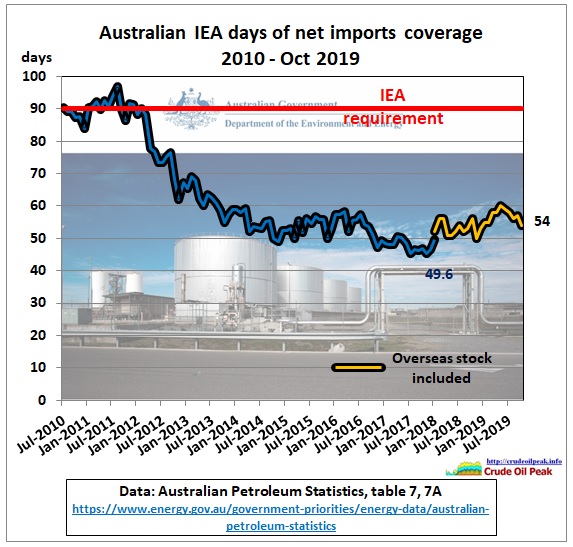
Fig 2: The net import coverage is stuck at 50-60 days since 2013
https://www.energy.gov.au/publications/australian-petroleum-statistics-2019
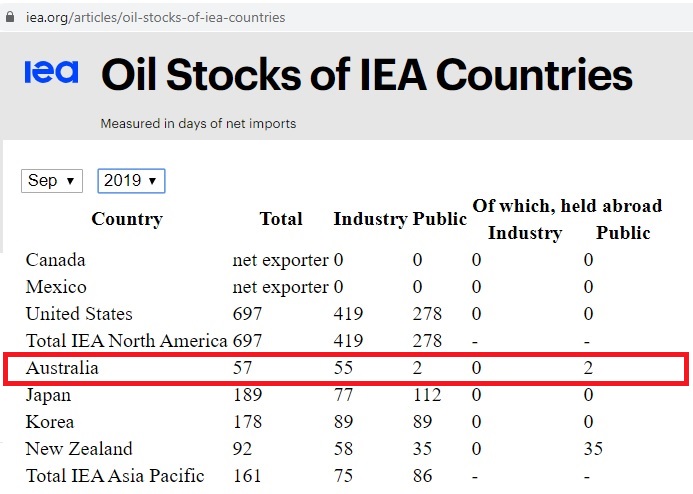
Fig 3: Australia compares poorly to OECD Asia Pacific’s neighbours
https://www.iea.org/articles/oil-stocks-of-iea-countries
All levers are being pulled to circumvent the problem.
Australia negotiating with Trump administration to buy emergency oil supplies
4/8/2019 The Morrison government is negotiating with the Trump administration to buy millions of barrels of oil from America’s tightly guarded fuel reserve under an emergency strategy to lower the risk of Australia plunging into an economic and national security crisis.Crude oil production

Fig 4: Upticks in crude and condensate production
Crude production increased from Woodside’s Greater Enfield project which started in August 2019. Growing condensate production comes from new offshore LNG projects. Australia has no condensate splitter so condensate is exported.
Crude oil imports
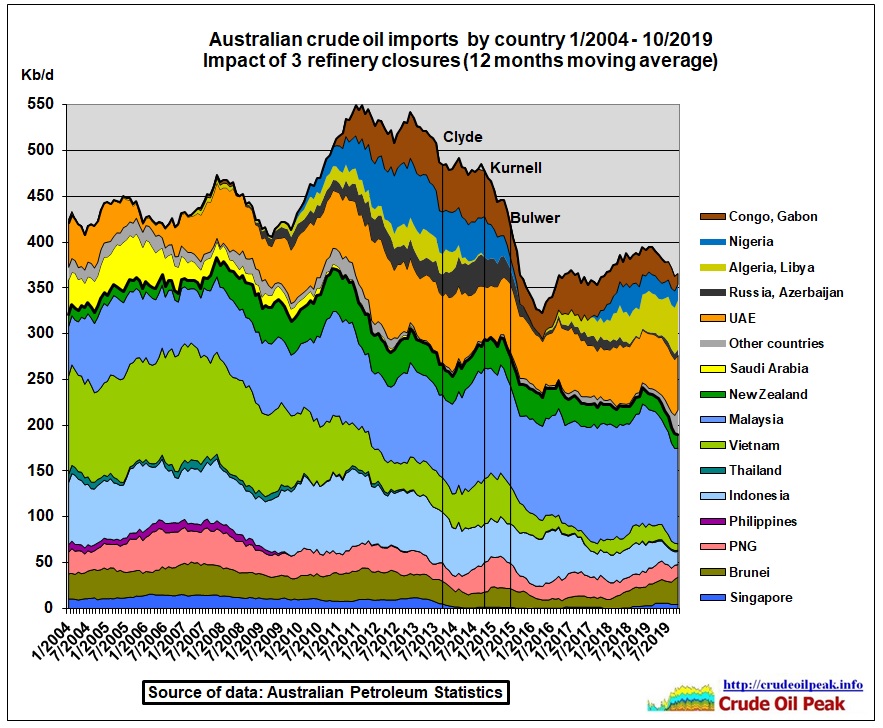
Fig 5: Crude oil imports dropped after the closure of 3 domestic refineries
The crude oil import dependence on the Persian Gulf (United Arab Emirates) is 16%.
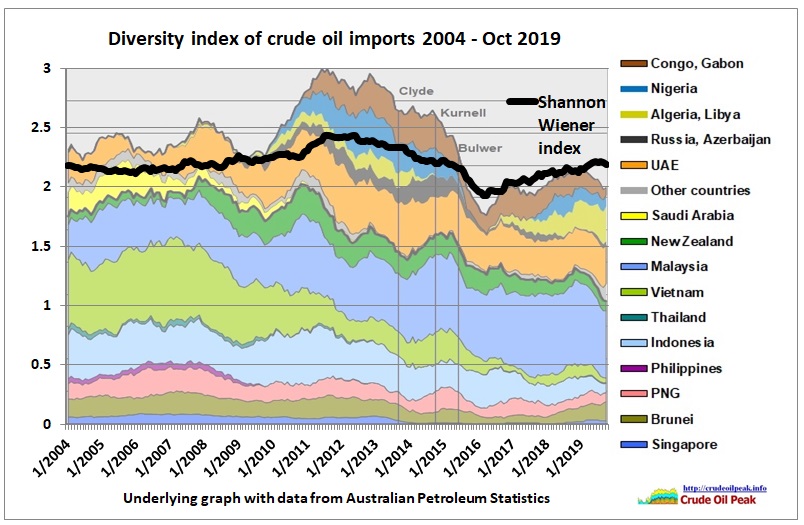
Fig 6: Diversity of Australian crude imports
Australian refineries are very good at diversifying their sources of supplies. The highest dependence is on Malaysia with 29% which would be a problem if there were a military conflict in the South China Sea.
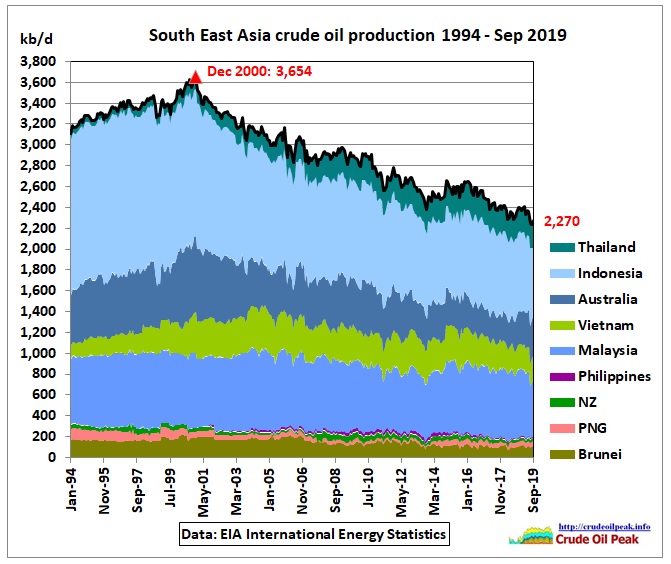
Fig 7: South East Asia crude production has peaked in 2000
Around half of Australia’s crude imports come from South East Asia where production declines by 2% pa.
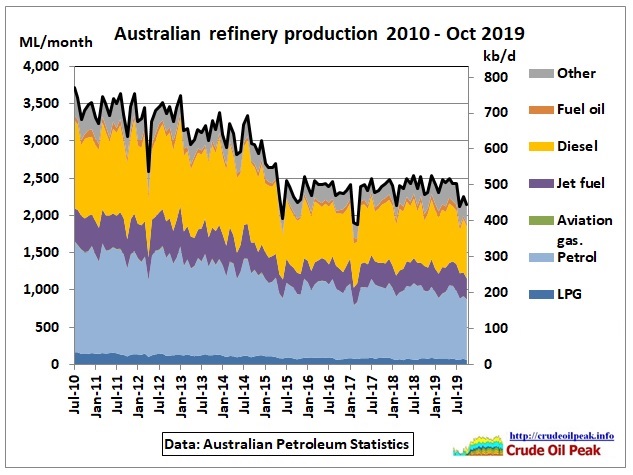
Fig 8: Refinery output has stabilized after 3 refinery closures
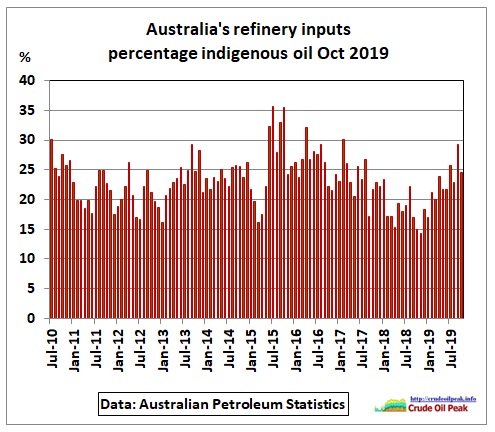
Fig 9: Australian refineries use only 20-25% of domestic crude

Fig 10: Crude oil stocks last between 25 and 30 days
Fuels

Fig 11: Petrol stocks last 25 days
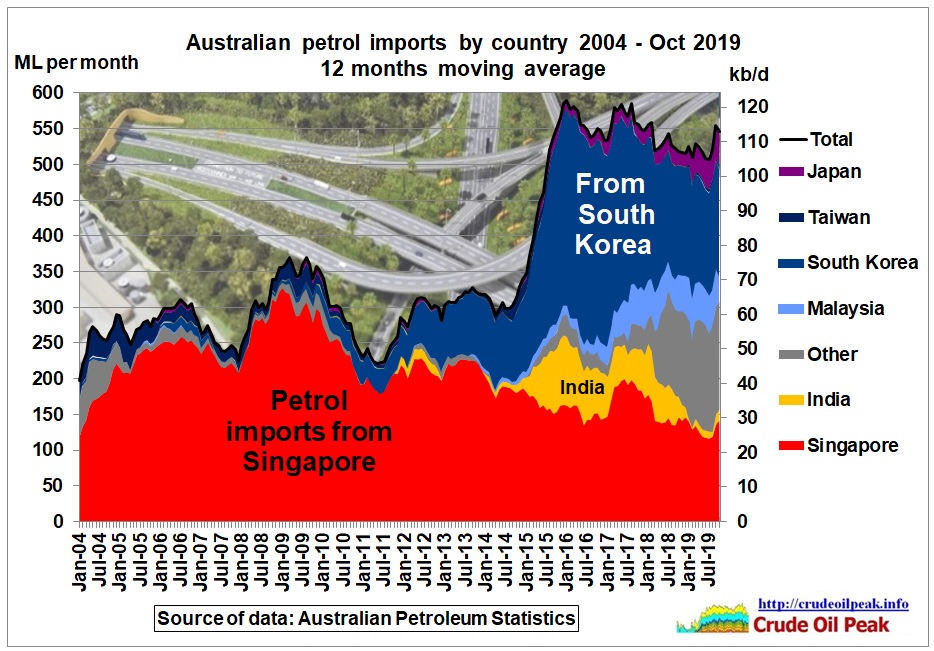
Fig 12: The increase in Australian petrol imports is greatly dependent on South Korea
North Korea Leader Urges ‘Offensive Measures’ at Top Party Meeting
28/12/2019 Analysts warn that Kim Jong-un may end a moratorium on testing long-range missiles and nuclear weapons.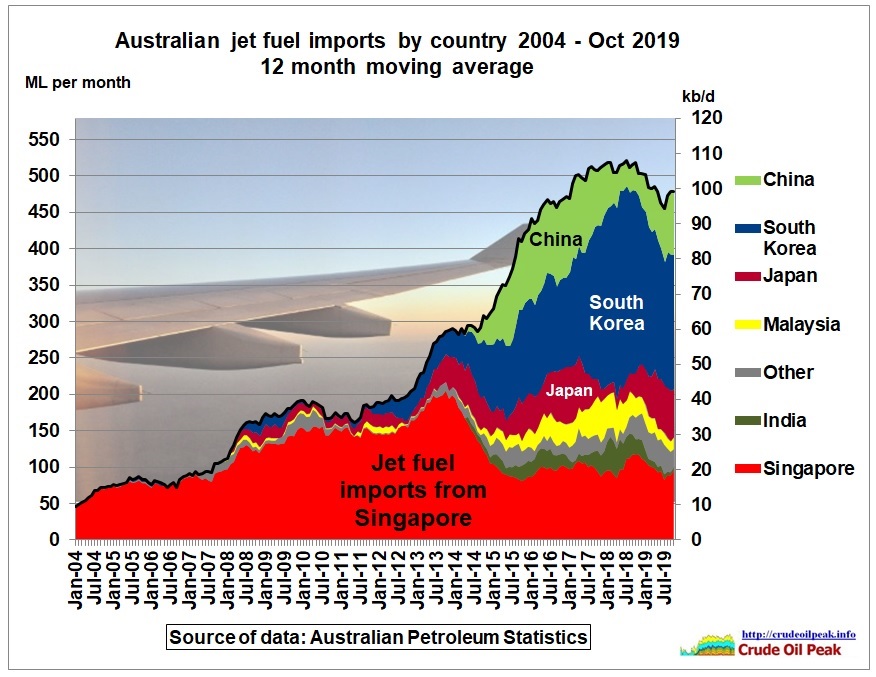
Fig 13: Jet fuel dependence on South China Sea routes
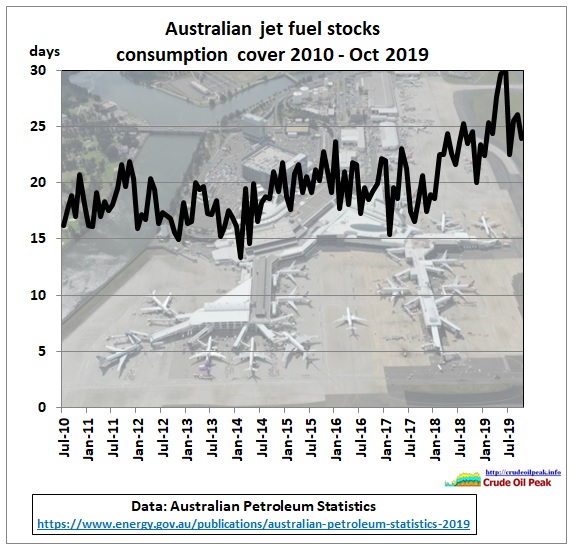
Fig 14: 25 days jet fuel stocks
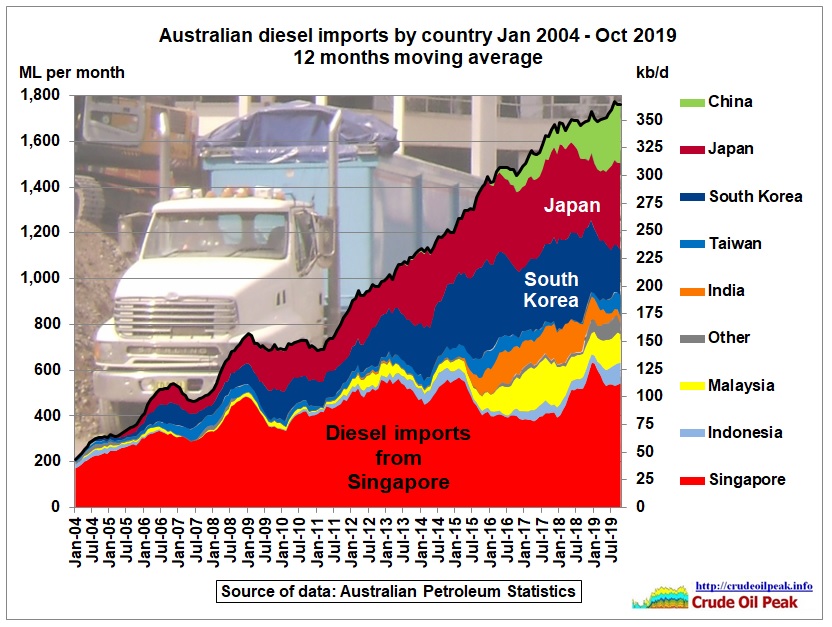
Fig 15: Diesel imports are growing….
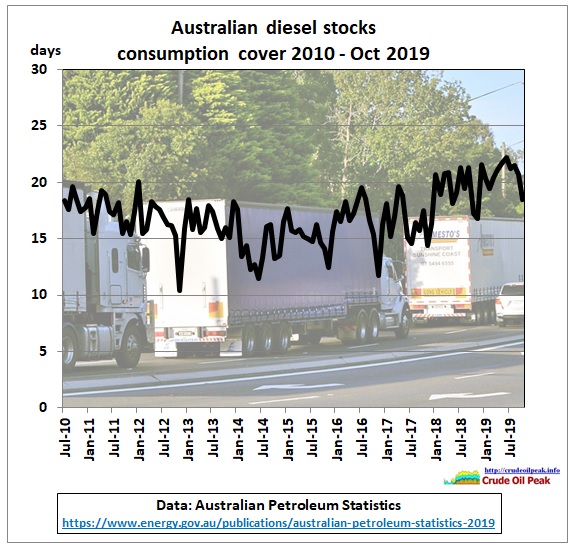
Fig 16: …. While stocks are back to 2010 levels
South Korean dependence on the Middle East is 72%
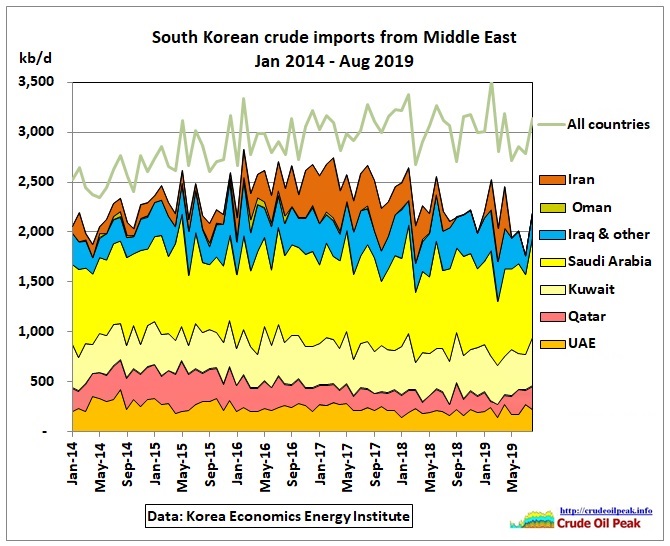
Fig 17: South Korea’s crude imports from the Middle East
In 2019, ME imports were 72% of total imports (light grey line in Fig 17). In 2016 the dependency was 86% so South Korea has diversified. Data are from:
http://www.keei.re.kr/main.nsf/index_en.html
How about US shale oil? In 2019, South Korea was #2 importer (15% of total US crude exports) right after Canada (16%).
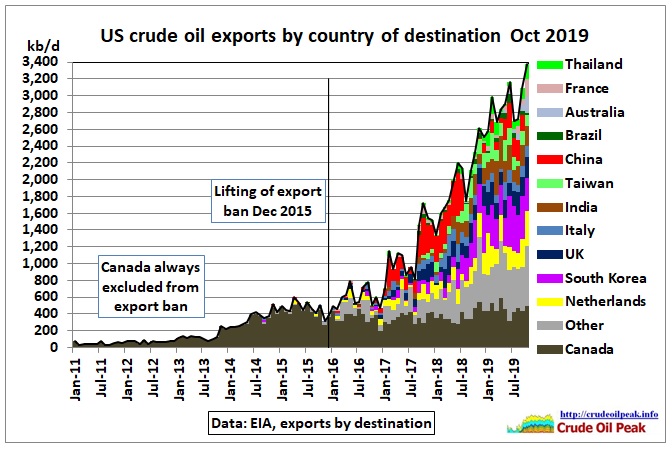
Fig 18: US crude exports
https://www.eia.gov/dnav/pet/pet_move_expc_a_EPC0_EEX_mbblpd_m.htm
Japan’s dependence on the Middle East is 89% (2019)
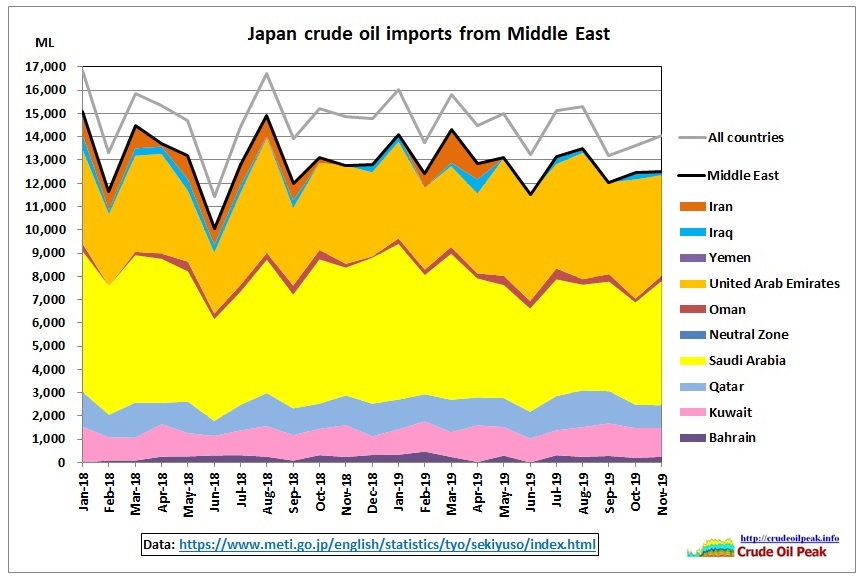
Fig 19: Japan’s crude imports from Middle East
https://www.meti.go.jp/english/statistics/tyo/sekiyuso/index.html
Singapore’s crude oil dependence on the ME is 77% (2019)
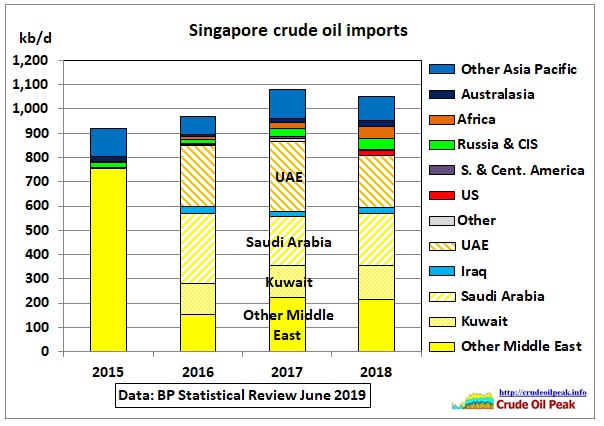
Fig 20: In 2018, Singapore imported 77% of its crude oil from the Middle East
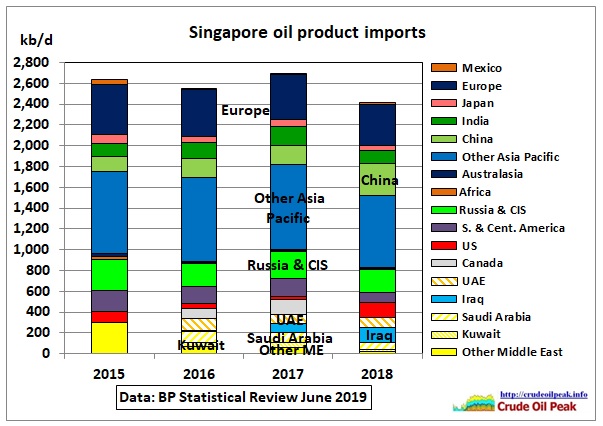
Fig 21: Singapore’s oil product imports
Only 14% of Singapore’s oil product imports come from the Middle East. How much is re-exported to Australia goes beyond the scope of this article.
Outlook in Middle East
The downing of the Ukrainian flight PS752 by an IRCG anti-aircraft battery north west of Tehran shows how quickly the situation can deteriorate and lead to mis-calculations.
General Amir Ali Hajizadeh, Commander of the IRGC Aerospace Force, responsible for this tragedy, indirectly answered the question in the above BBC article:
“That night … the probability of fighter jets and cruise missiles entering the country was very high and [we] had prepared ourselves for an all-out conflict.”https://www.abc.net.au/news/2020-01-11/iran-admits-to-shooting-down-ukrainian-plane/11860508
So there was no calculation that an attack avoiding personnel would not trigger a US response.
The video and English transcript of his PS752 presentation can be found here:
IRGC Releases Details of Accidental Downing of Ukrainian Plane

Fig 22: General Hajizadeh points to Bidganeh (Shahid Modarres missile base) where there was an explosion in Nov 2011
No explanation was given why the commander of the ant-aircraft battery expected a cruise missile to come from the Khomeini airport!
Hajizadeh’s objectives are clear:
Iranian General Lays Out Aim to Expel U.S. From Mideast
9/1/2020 Iran’s missile strikes on Iraqi bases housing U.S. troops were the first stage of a major regional operation aimed at expelling U.S. forces from the Middle East, the Iranian commander responsible for the attack said Thursday.https://www.wsj.com/articles/iranian-general-lays-out-aim-to-expel-u-s-from-mideast-11578592823
Conclusion
It’s therefore only a matter of time until the next threat to oil supplies pops up. It is not enough to just increase oil and fuel stocks by a couple of days. All new oil dependent projects must be stopped like toll-ways, high-way duplications and airports. In fact the whole perpetual growth policy (e.g. an 8 million Sydney by mid-century) must be abandoned, including the underlying unsustainable immigration program. The more immigrants, the longer the petrol lines at filling stations.
Related links:
2/5/2019 Australian fuel security review ignores peak oil in China 2015 (part3)http://crudeoilpeak.info/australian-fuel-security-review-ignores-peak-oil-in-china-2015-part-3
30/4/2019 Australian fuel security review ignores peak oil in China 2015 (part2)http://crudeoilpeak.info/australian-fuel-security-review-ignores-peak-oil-in-china-2015-part-2
29/4/2019 Australian fuel security review ignores peak oil in China 2015 (part1)http://crudeoilpeak.info/australian-fuel-security-review-ignores-peak-oil-in-china-2015-part-1